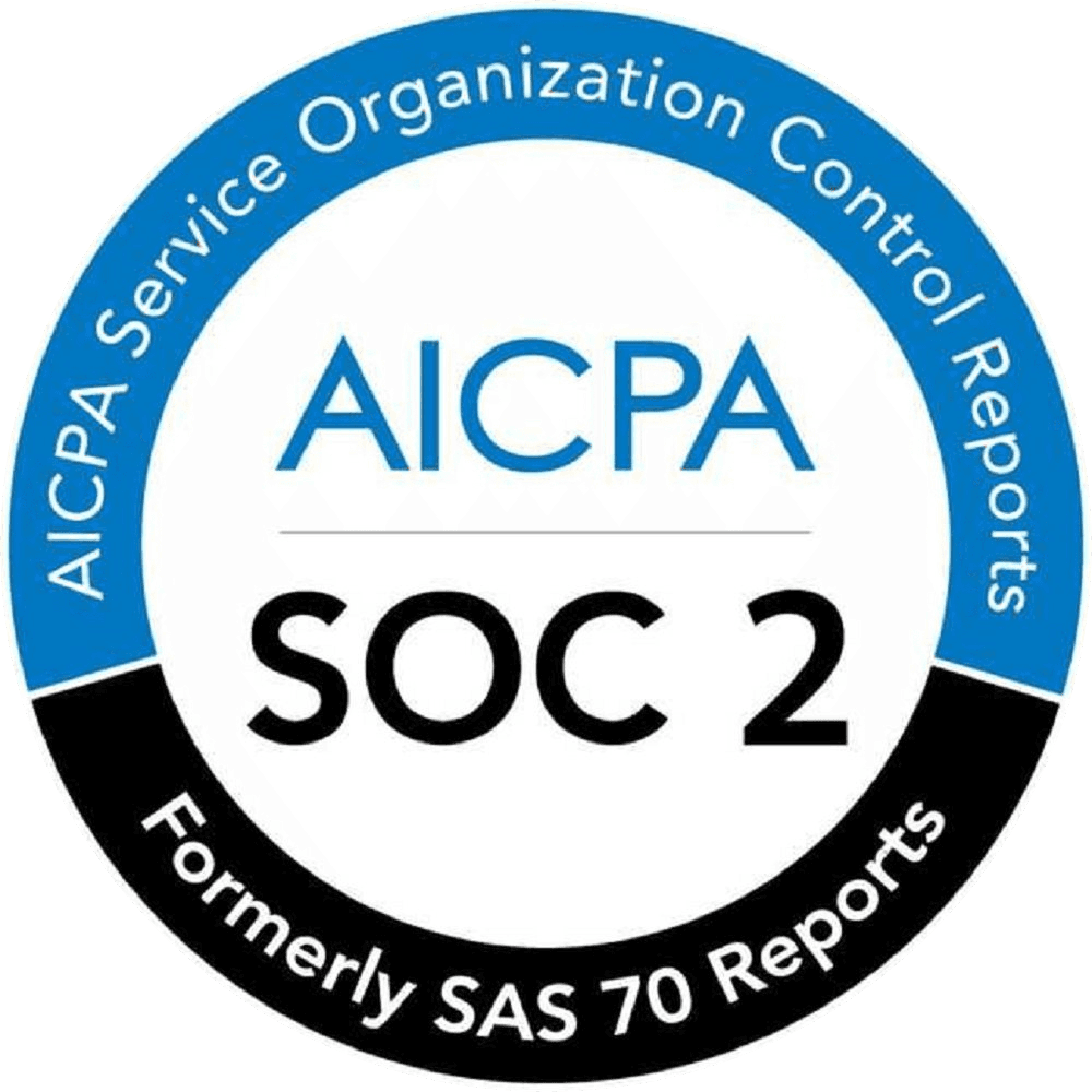Code Quality
Nov 7, 2024
15 Code Quality Metrics to Track and Improve in 2025

Sonali Sood
Founding GTM, CodeAnt AI
What is Code Quality?
Code quality is a measure of how well-written, well-structured, and reliable a piece of software code is. It's a way to evaluate how easy it is to understand, modify, and maintain code, as well as how well it performs.
Why Code Quality Matters
Fewer Bugs: Better quality code reduces production issues.
Faster Onboarding: New devs adapt quicker with consistent code.
Security: Fewer vulnerabilities and hardcoded secrets.
Maintainability: Lower technical debt means faster delivery.
How to Measure Code Quality
There are two main approaches:
Quantitative Metrics (objective, measurable data)
Qualitative Metrics (subjective but critical factors like readability, maintainability, and security)
Quantitative vs Qualitative Code Quality Metrics
When measuring code quality, teams often use two types of metrics. Quantitative metrics give objective numbers you can track, while qualitative metrics highlight readability, maintainability, and security.
We’ll explore each metric in detail below, but here’s a quick overview to show how they compare:
Metric Type | Focus Area | Examples | Best Use Case |
Quantitative | Objective, measurable data | Cyclomatic Complexity, Code Duplication, Bug Density, LOC, Code Coverage | Tracking trends, benchmarking projects, spotting problem areas |
Qualitative | Subjective but critical code aspects | Readability, Maintainability, Reliability, Efficiency, Security | Improving collaboration, reducing technical debt, ensuring long-term stability |
Quantitative Code Quality Metrics
Quantitative metrics provide numerical data that can be tracked over time, allowing teams to objectively assess code quality. Here are some key quantitative metrics.
1. Cyclomatic Complexity
complexity measures how complex a program is by counting the number of independent paths through the code. It evaluates control flow elements such as:
Loops
Conditionals
Branching statements
This metric also indicates the minimum number of test cases required for full coverage.
Why It Matters
Lower complexity → simpler, more readable, fewer bugs.
Higher complexity → harder to maintain, higher risk of defects.
Often used as an early warning signal that code needs refactoring or additional tests.
👉 In short, the lower the cyclomatic complexity, the easier your code is to test, maintain, and scale.
2. Code Duplication
Code duplication measures how many blocks of code are repeated across a codebase. These copies often signal missed opportunities for reuse or abstraction.
Why It Matters
Eliminates inconsistent updates across duplicated sections.
Improves maintainability and reduces technical debt.
Encourages modular, reusable code that’s easier to extend.
Lowers the risk of bugs spreading in multiple places.
👉 By refactoring duplicate code, teams create cleaner, more scalable software.
3. Dead Code
Dead code refers to parts of a program that are no longer executed or needed. This can include:
Unused variables or functions
Obsolete features
Outdated logic left behind after refactoring
Why It Matters
Increases codebase size, making navigation harder.
Adds unnecessary maintenance overhead.
Can hide outdated logic that introduces unexpected bugs.
May expose security vulnerabilities if accidentally triggered.
👉 Regularly removing dead code keeps your codebase lean, secure, and easier to maintain.
4. Lines of Code (LOC)
Lines of Code (LOC) is the simplest metric. It counts the total number of lines in a project. While it shows the size of a codebase, it doesn’t directly measure quality or functionality.
Why It Matters
Provides context on project size and complexity.
Helps estimate developer effort and maintenance scope.
Useful when combined with other metrics (e.g., bug density, coverage) for a fuller quality picture.
Longer code is not always worse; clarity and maintainability matter more than raw length.
👉 Use LOC as a baseline metric, not a standalone indicator of code quality.
5. Code Coverage
Code coverage shows what percentage of code is tested by automated tests. It can be measured across:
Line coverage – how many lines are executed
Function coverage – how many functions are tested
Branch coverage – how many decision paths are validated
Why It Matters
Higher coverage reduces the chance of undetected bugs.
Encourages confidence in testing depth.
Must be paired with meaningful test cases, including edge scenarios.
100% coverage does not equal bug-free code.
👉 Treat coverage as a signal of test completeness, not a guarantee of quality.
6. Bug Density
Bug density measures the number of defects per unit of code, often per 1,000 lines.
Why It Matters
Helps identify unstable or error-prone modules.
Tracks quality improvements over time.
Provides benchmarks for comparing projects or releases.
Must be viewed in context since complex systems may naturally have more bugs.
👉 Use bug density to spot problem areas and prioritize refactoring.
7. Unit Test Pass Rate
The unit test pass rate is the percentage of tests that succeed within a test suite.
Why It Matters
High pass rates show code behaves as expected.
Low rates flag recent bugs, regressions, or instability.
Essential for CI/CD pipelines, since failing tests can block releases.
Must be backed by well-designed tests; shallow tests can create a false sense of security.
👉 A strong pass rate means little unless your test suite covers real-world scenarios.
8. Function Points
Function Points measure software size from the user’s perspective by evaluating functionality instead of code implementation. They consider:
Inputs
Outputs
Data files
Why It Matters
Useful for estimating project size and development effort.
Enables comparisons across languages or technologies.
Helps in early project planning and resource allocation.
Provides an objective view of scope, independent of coding style.
👉 FP is especially helpful during the initial stages of software projects.
9. Halstead Complexity
Halstead Complexity uses operators and operands to calculate code complexity through metrics like:
Difficulty
Volume
Effort
Why It Matters
Estimates how hard code is to read, test, or modify.
Highlights areas prone to bugs or errors.
Higher scores indicate maintenance challenges and higher risk of defects.
👉 A valuable metric for spotting code that needs refactoring.
10. Weighted Micro Function Points
Weighted Micro Function Points refine the FP model by analyzing internal program operations such as:
Operators
Data flows
Functions
Why It Matters
Provides granular insight into complexity and development effort.
Helps teams prioritize sections that need refactoring.
Makes complexity management more objective.
Supports better planning for testing and long-term maintenance.
👉 WMFP is particularly useful in large, complex projects where precision matters.
Qualitative Metrics
Qualitative assessments are more subjective but equally important:
11. Readability and Documentation
Readability measures how easily developers can understand code. It depends on:
Clear naming conventions
Consistent indentation and formatting
Comprehensive documentation and comments
Why It Matters
Makes debugging and maintenance faster
Helps new developers onboard quickly
Reduces the risk of errors caused by misinterpretation
👉 Readable code is the foundation of collaboration and long-term stability.
12. Maintainability and Governance
Maintainability shows how easily code can be modified or extended without introducing new issues. It requires following coding guidelines and governance policies.
Why It Matters
Reduces long-term costs and technical debt
Simplifies updates and refactoring
Enables teams to adapt quickly to new business needs
👉 Maintainable code keeps projects scalable and future-proof.
13. Reliability
Reliability reflects how consistently code performs its intended function under various conditions.
Why It Matters
Prevents unexpected crashes or failures
Improves user trust and satisfaction
Ensures stability even in edge cases or error scenarios
👉 Reliable code means fewer incidents in production and stronger customer confidence.
14. Efficiency and Performance
Efficiency measures how well code uses resources like memory and processing power. It focuses on:
Algorithmic complexity
Execution speed
Resource utilization under load
Why It Matters
Improves application responsiveness
Enhances user experience
Reduces infrastructure costs
👉 Efficient code scales smoothly as usage grows.
15. Security
Security in code quality ensures that code is resistant to vulnerabilities and attacks. This includes input validation, secure data handling, and consistent enforcement of security practices.
Why It Matters
Protects users from breaches and data loss
Prevents costly downtime or reputational damage
Builds compliance with industry standards (e.g., OWASP, ISO)
👉 Secure code is non-negotiable for modern software teams.
Best Tools to Measure Code Quality
Several tools are available to help teams measure and improve code quality. These tools can be broadly categorized into two types: Traditional Static Analysis Tools and Modern AI Code Review Platforms.
Traditional Static Analysis Tools
Static analysis tools examine code without running it. They identify potential errors, enforce coding standards, and assess the overall quality of the code. Some popular static analysis tools include:
SonarQube: This tool provides insights into code quality and security vulnerabilities, allowing developers to track improvements over time.
ESLint: Primarily used for JavaScript, ESLint helps identify and fix problems in the code by enforcing coding standards.
Pylint: A tool for Python that checks for errors in code, enforces a coding standard, and looks for code smells (potential issues). These tools analyze the source code and provide feedback, which can be invaluable for maintaining high-quality software.
Modern AI Code Review Platforms
Code quality is not just about writing neat code. It is the foundation of secure, scalable, and maintainable software. Teams that measure and improve code quality reduce bugs, move faster, and earn long-term user trust.
Static analysis tools like SonarQube, ESLint, and Pylint are helpful for enforcing standards, but they often miss risks hidden in business logic. Many teams are now turning to AI Code Review Platforms, which combine automation with context-aware intelligence to go beyond traditional checks.
Platforms like CodeAnt.ai give you:
Real-time feedback inside IDEs and pull requests
OWASP-mapped vulnerability detection
Auto-fix suggestions that cut review time by up to 50%
Customizable governance rules that fit your workflow
Ready to take action now? Start your free trial of CodeAnt.ai and see how AI-powered reviews help your team ship faster with confidence.














